Content from the Brookings Doha Center is now archived. In September 2021, after 14 years of impactful partnership, Brookings and the Brookings Doha Center announced that they were ending their affiliation. The Brookings Doha Center is now the Middle East Council on Global Affairs, a separate public policy institution based in Qatar.
 Fifty years on, the legacy of the 1967 War has been an omnipresent element of governance and conflict in the Middle East. In Syria, the ongoing bloody civil war that has killed hundreds of thousands and displaced millions now overshadows regional events. While there have been other visible major conflicts in the region since 1967—the grueling eight-year Iran-Iraq war in the 1980s, the 1990 Gulf war, and the 2003 Iraq war—the Syrian conflict is unlike any other that has gripped the region in recent decades: It is modifying territorial structures, it has already displaced millions of people and altered the demographics of both the country and its neighbors. The proxy sectarian war extends into other countries and has destabilized the Middle East and North Africa region at large.
Fifty years on, the legacy of the 1967 War has been an omnipresent element of governance and conflict in the Middle East. In Syria, the ongoing bloody civil war that has killed hundreds of thousands and displaced millions now overshadows regional events. While there have been other visible major conflicts in the region since 1967—the grueling eight-year Iran-Iraq war in the 1980s, the 1990 Gulf war, and the 2003 Iraq war—the Syrian conflict is unlike any other that has gripped the region in recent decades: It is modifying territorial structures, it has already displaced millions of people and altered the demographics of both the country and its neighbors. The proxy sectarian war extends into other countries and has destabilized the Middle East and North Africa region at large.
Much of what happened in 1967 and its immediate aftermath continued to shape the Syrian state and society and is likely to affect how politics and conflict unfold in the coming period.
Syria then
Wars have consequences: The region was once dominated by regimes with grandiose ambitions. Nasserism and the pan-Arab nationalist project had high hopes of providing a unifying ideology that could unite the Arab lands. While Arab elites were regularly at odds with one another (and Arabism was by no means a monolith), they still envisioned a regional order that sought to strengthen the political and cultural nexus connecting the different communities of the region, that aimed to establish an order of interdependency and cooperation.
However, defeat against Israel brought embarrassment and uncertainty. Regimes across the region were politically scarred and faced a crisis of legitimacy and authority at home. What followed was inward-looking, regressive, and increasingly violent authoritarian rule that exacerbated the fault lines of state and society. Syria lost control of the vital Golan Heights, which gave the Syrian army a strategic advantage over—and therefore an effective deterrent against—the Israelis below. Like other countries, its ruling Baath Party (which had only come to power four years before the Six-Day War) suffered protests and challenges to its rule; the Syrian population started losing faith in its government, and even more so in its capacity to truthfully report domestic and regional events. Its handling of the war was criticized, and protests resulted in a power struggle within the upper echelons of the regime. In 1970, a bloodless coup brought Hafez Assad (Bashar Assad’s father) to power and introduced the rule of the Assad family and its ongoing hold over the Syrian state for the next four decades.
At the least, the 1967 War exposed the shortcomings of unitary Arabism, an ideology that was often projected through rhetoric but fell short when it came to its practicalities. Once pan-Arabism collapsed, it became far more convenient, practical, and legitimate for elites to pursue state interests. Hence, conflict and tensions between the Arab regimes, and with Israel, would often be underpinned by national security and territorial state interests. The shift to state identities was accelerated by Syria’s framing of its rivalry with Israel as one of national liberation. Damascus provided refuge to Palestinian guerrilla groups; interstate war with Israel was seen as too costly for the Arab world, and so came the shift in strategy that orientated around support for armed non-state actors and movements that could help weaken Israel, but that could also be utilized to undermine other Arab regimes.
As the Arab world regimes became more polarized and suspicious of one another—and increasingly inward-looking—political freedoms, education, and innovation suffered. The capacity to construct a unifying ideology that could reduce the space for particularistic politics amid restive and disparate populations suffered, particularly in Syria but also in other countries such as Lebanon and Iraq. Hafez Assad’s regime looked to compensate for the failure to modernize and reform by regularly projecting himself as the heir to Nasser and used the ideal of Arab nationalism to paper over the differences between the disparate populations of Syrian society. Arab nationalism was, in theory, aimed at sidelining the significance of sect and identity politics, particularly important for Syria because of the minority status of the Alawite sect that ruled over a Sunni majority. A cult of personality was developed around Assad that utilized Islamic symbolism to establish discourse that could appeal to the majority of the population. Hafez Assad made the pilgrimage to Mecca, the photos of which were used to emphasize his loyalty to Islam (particularly at times of crisis); he was verified as an authentic Muslim by the Sunni Mufti of Damascus and often used references to jihad and martyrdom in his speeches, particularly where he was addressing war and conflict with Israel.
Proponents of political Islam were able to take advantage in the 1970s of the weakness of the Arab national ideology and state-specific identities, which suffered from poor governance and economic challenges in the 1970s, combined with regional polarization and popular discontent. Syria’s Hama massacre, in which the Syrian military leveled half the city and killed an estimated 25,000 people in response to an Islamist uprising, took place against the backdrop of the economic crisis and growing social inequality that allowed Islamist groups to ascend. Islamist actors were effective not only because of their capacity to provide an alternative political outlook to the disenfranchised, but also because their discourse and ideology was underpinned by a current of nationalism, social injustices, and the Arab identity. While Assad’s brutal authoritarian rule violently suppressed these groups, as well as opposition activists more generally, the infrastructure for opposition and revolutionary activism was sparked. It was helped by growing inequalities and would later be reawakened in cataclysmic form by the 2011 Arab uprisings.
Syria now
The 1967 War and its legacies will again shed light on the future of politics and conflict in Syria after Raqqa is liberated and the so-called Islamic State is defeated, and in the event there is a settlement to the six-year civil war. It could even go as far as setting the backdrop for yet another conflict between Israel and the Arab world—only this time, the confrontation could be with the “axis of resistance,” led by Iran and including Iraq, Syria, and Hezbollah, along with a plethora of Shiite militia groups that have now mobilized in Syria to fight alongside the Assad regime and that are within striking distance of the Golan Heights. Iran and its proxies in Syria are establishing a new front in the Golan and could look to Israel and the Arab-Israeli conflict as an opportunity to cement its hold on Syria and the region. In other words, while the Golan may yet provide the backdrop for another conflict, and while the impulses of 1967 may still be there, the nature of conflict and the groups confronting Israel have been radically transformed.
This Iran-led coalition of so-called resistance reflects how the geopolitical landscape has changed since 1967. It has shifted from a pan-Arab frame to one of Islamic resistance, led by Shiite Islamist forces who envision a regional order that actually starkly contrasts with the outlook of much of the Arab world (and Turkey). And it looks very different from the Middle Eastern geopolitical landscape of the 1950s and 1960s, when Arab nationalism drove many regional events.
Somewhat ironically, while Islamism was brutally suppressed in the past, the Assad regime is likely to find the Islamic lens a useful and powerful one in attempting to legitimize and consolidate his hold on power, once a settlement in Syria is reached. In framing conflict with Israel in this way, he may even see an opportunity to expand his hold to other parts of the country, ones that are currently under the control of Syria’s rebel opposition groups. The notion that the axis of resistance will bridge the sectarian differences between the multitude of Sunni and Shiite Islamist actors, fighting on opposite sides of today’s conflict, is indeed far-fetched and unrealistic. However, one way or another, it will almost certainly be battle-hardened, resource-rich Islamists that will be left standing after this brutal civil war ends. These are actors whose outlook, discourse, and support bases are not necessarily averse to conflict and hostility against Israel. They have transnational, multi-ethnic, and cross-confessional interactions and engagements; moreover, they are resilient forces that do not depend on, and therefore are not impeded by, state structures, sovereignty, and the rules of international law.
The Brookings Institution is committed to quality, independence, and impact.
We are supported by a diverse array of funders. In line with our values and policies, each Brookings publication represents the sole views of its author(s).
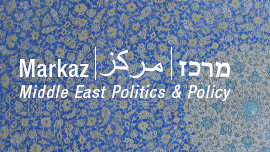
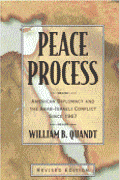
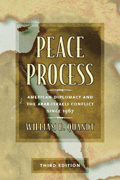
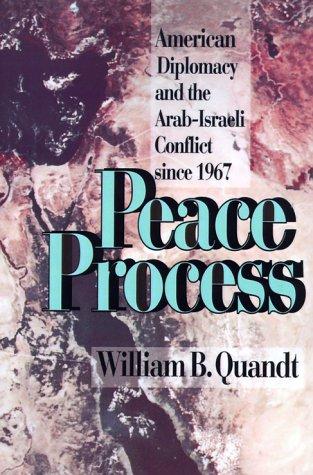
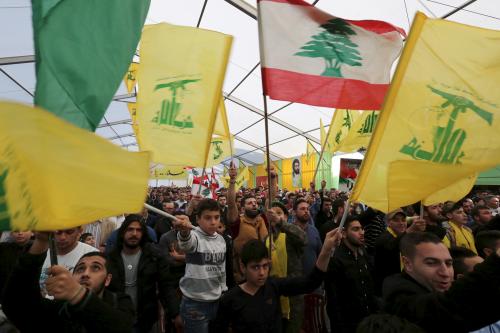

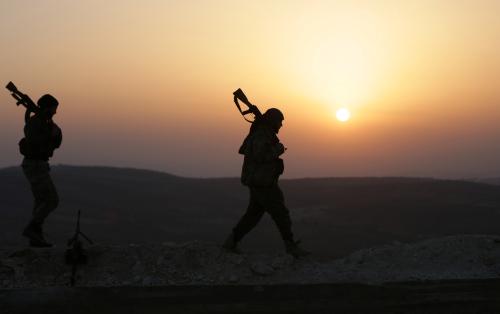


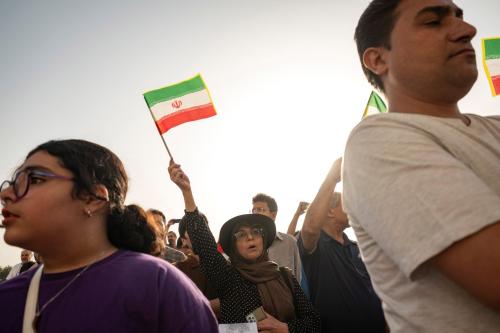
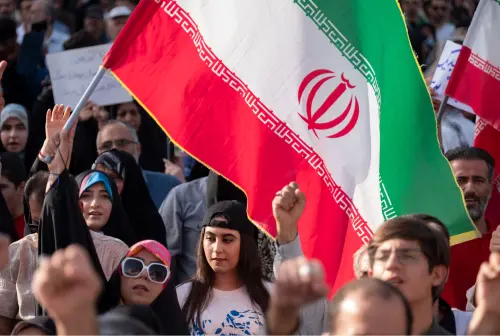
Commentary
Syria today and the legacy of the 1967 War
June 7, 2017